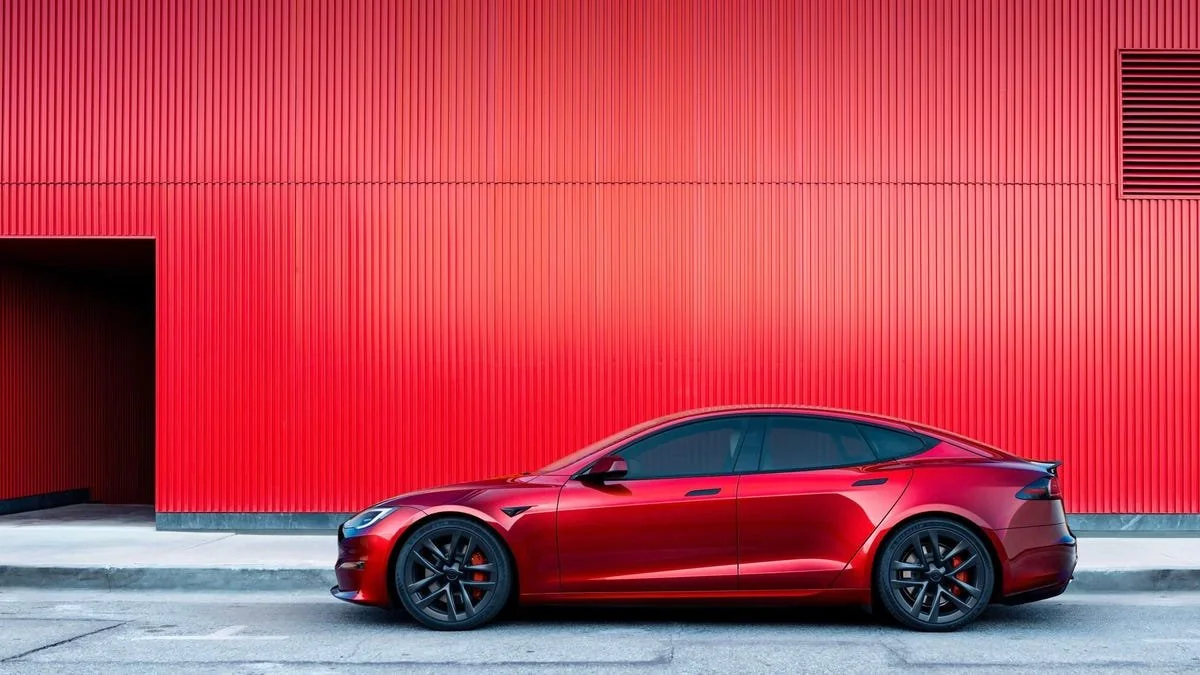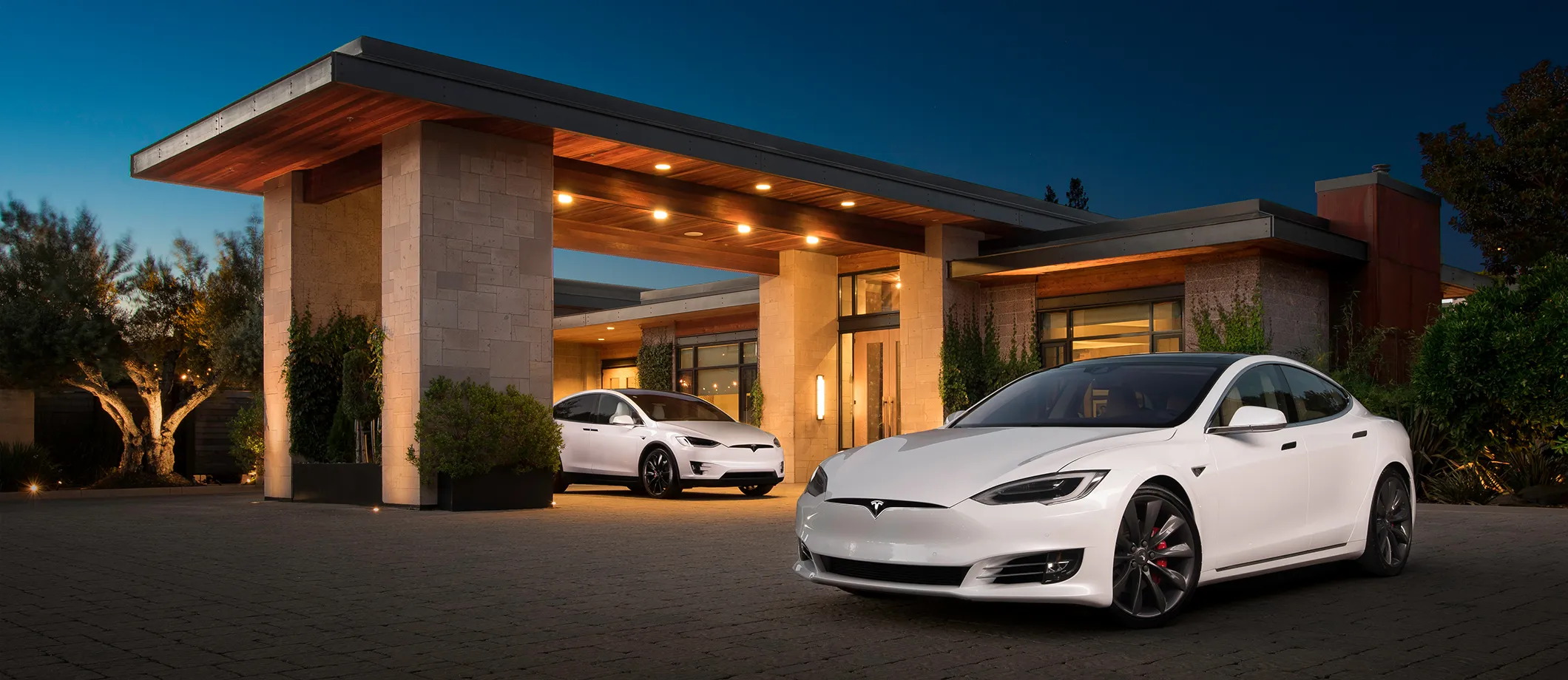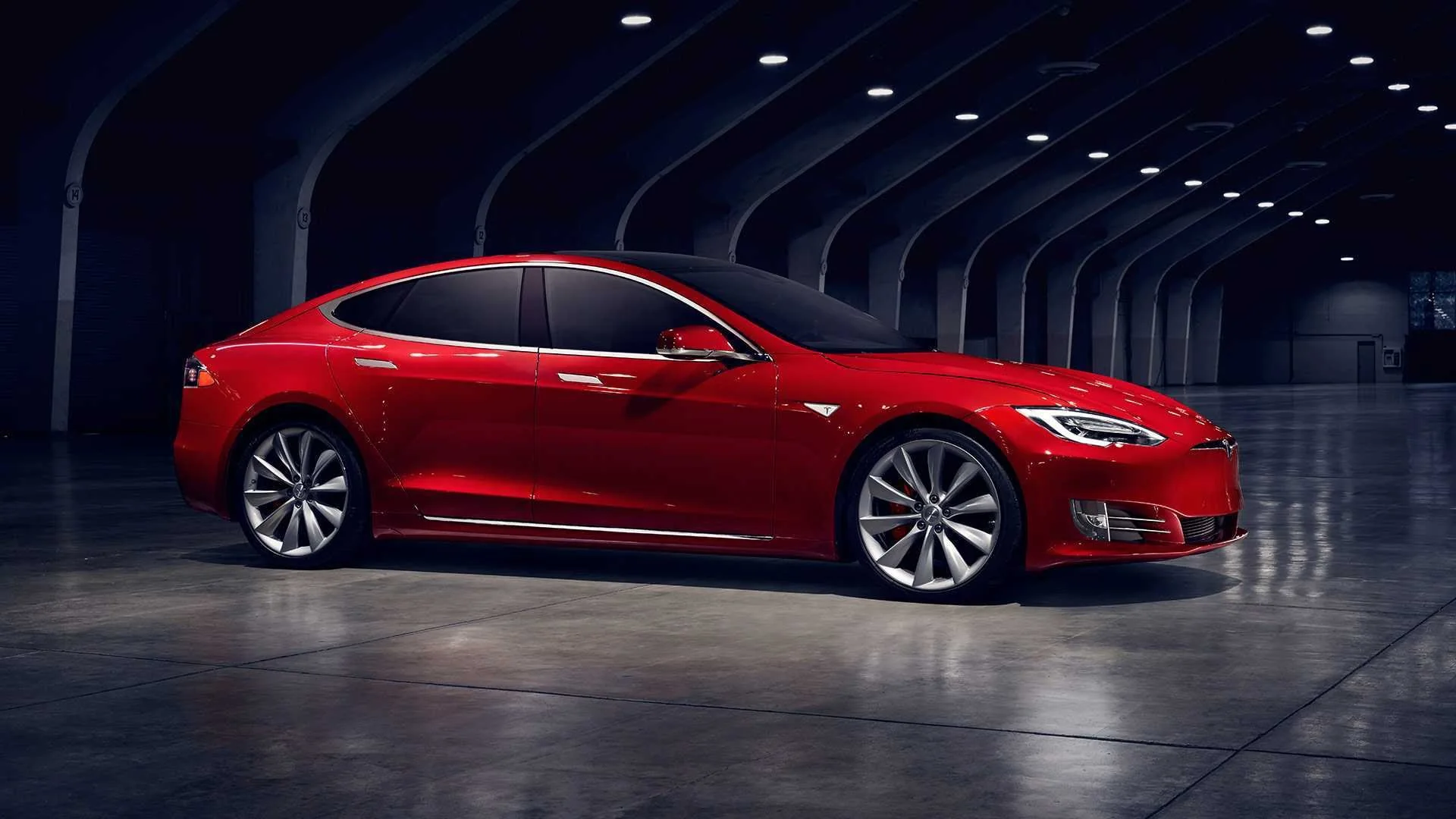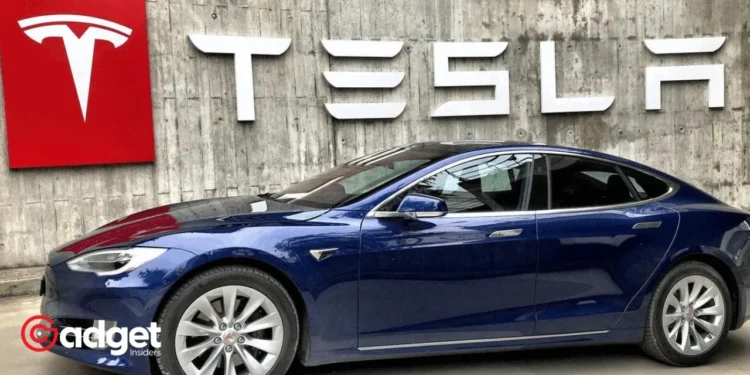In the rapidly evolving landscape of electric vehicles (EVs), where innovation and technological advancements are at the forefront, the depreciation rate of these futuristic cars is a subject that deserves attention. Among the leading brands in the EV arena, Tesla has been spotlighted for an unexpected reason: its vehicles are witnessing the highest depreciation rate in the used car market.
With a staggering 28.9% drop in value within just a year, Tesla’s depreciation rate is significantly higher than its competitors, raising eyebrows and questions alike.
The Unsettling Trend of EV Depreciation
A recent study has thrown light on a concerning trend for EV owners, especially those sporting the Tesla badge.
According to Ev-riders, Tesla models have suffered the most drastic depreciation, almost 30% in a single year.
This revelation is crucial for current and prospective owners, providing them with essential insights into the financial implications of their vehicle choices.

This depreciation trend is not exclusive to the brand; other manufacturers have also seen notable declines in the resale value of their EVs. For instance, the Chevrolet Bolt, Nissan LEAF, and KIA e-Niro have experienced depreciation rates of 30.4%, 29.1%, and 27.1% respectively.
However, the EV giant’s position at the top of this list is particularly remarkable, given its status as a pioneer and leader in the electric vehicle market.
Factors Driving Tesla’s Depreciation
Several factors contribute to the steep depreciation rates of Tesla vehicles. One of the primary reasons is the price war initiated by the EV company and other manufacturers, aimed at capturing a larger market share by reducing the prices of their new models.
Such strategic pricing not only affects the brand’s market position but also significantly impacts the residual values of their vehicles.

Another contributing factor is the rapid evolution of technology in the EV sector. With constant advancements in autonomy and other features, older models quickly become outdated, leading to a sharper decline in their value.
This dynamic is further exacerbated by the introduction of new models and generation changes, such as the one experienced by the Model 3, which saw a new iteration in the latter half of the year, potentially affecting its resale value.
The Broader Impact on the EV Market
The high depreciation rates of electric vehicles are a broader phenomenon affecting the entire EV market, not just Tesla. The average annual decrease in residual value for electric cars stands at a significant 31.8%, compared to just 3.6% for petrol models.
This disparity underscores the challenges facing the used EV market, including pressure on private sellers to reduce their prices significantly in light of competition from newer, more affordable models with potential government incentives and benefits.
Tesla is the brand with the highest depreciation of its used cars, almost 30% in one year – #Tesla $TSLAhttps://t.co/6kIA9rlFvR
— r/TeslaMotors (@rTeslaMotors) March 16, 2024
Looking Ahead: The Future of Tesla and the EV Market
Despite these challenges, the future of the EV giant and the electric vehicle market remains bright. With increasing competition and an ever-expanding market volume, prices are expected to become more competitive, benefiting consumers.
For Tesla, the brief delivery schedules for new models like the Model 3 and Model Y in Europe, ranging from two to five weeks, present an advantage, stimulating new unit sales amidst a tense used market.

As the EV market continues to grow and evolve, understanding the dynamics of vehicle depreciation will be crucial for consumers making informed decisions.
For Tesla and its competitors, balancing innovation with market demands will be key to navigating the challenges of depreciation and maintaining their competitive edge in the electric revolution.










